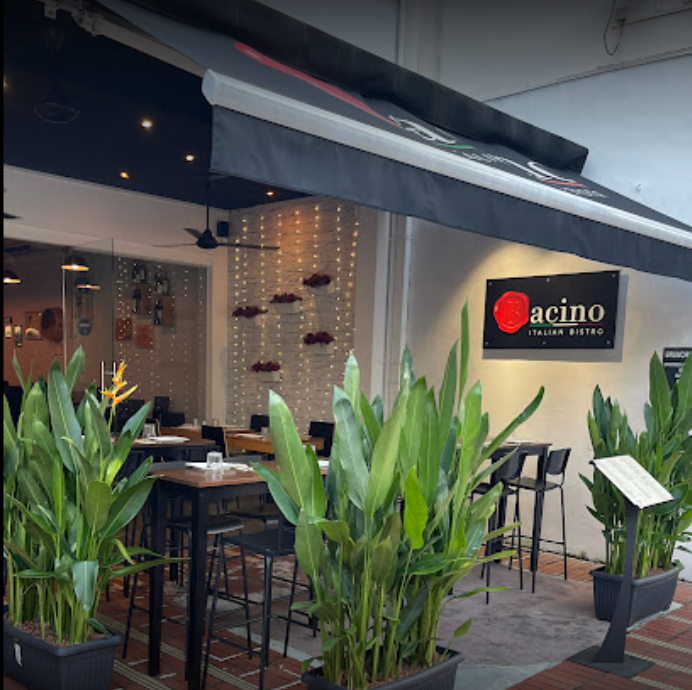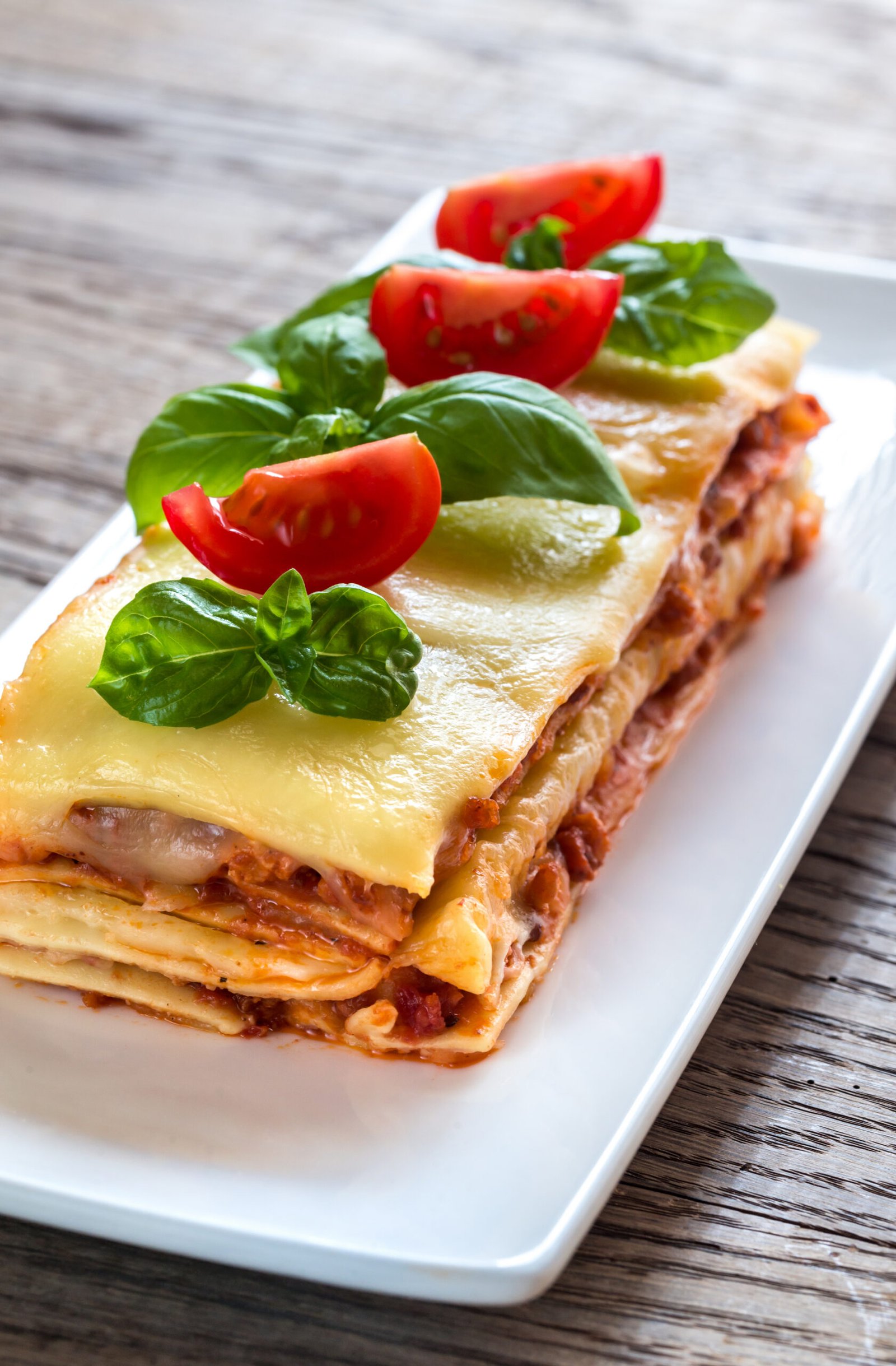Introduction
Ever wondered why your spaghetti carbonara sings when paired with the perfect glass of wine? This article is your go-to guide on wine tasting for Italian cuisine. Discover how to elevate your Italian dining experience with expert tips on selecting and savoring wines that complement your favorite dishes.
Wine and food pairing is becoming more popular than ever. It’s not just about drinking wine; it’s about experiencing it in harmony with your meal. With a focus on Italian dishes, we’ll explore how to enhance flavors and make every bite bellissimo.
Key elements to consider when tasting wine:
- Aroma: Think fruity, floral, or oaky notes.
- Acidity: Balances the flavors in your dish. High-acid wines like Pinot Grigio work wonders.
- Body: Light-bodied, medium-bodied, or full-bodied—each has its own perfect pairing.
- Tannins: These interact with proteins in food. Tannic Italian reds like Barolo are prime examples.
Ready to impress at your next dinner party? Let’s dive into the world of wine tasting and make every meal an Italian masterpiece!
If you’re looking to recreate authentic Italian dishes while accommodating dietary restrictions, we’ve got you covered. Check out our comprehensive guide on gluten-free pasta options in Italian cooking for a delicious alternative that doesn’t compromise flavor or tradition.
And speaking of tradition, no culinary exploration of Italy would be complete without indulging in some authentic Sicilian cannoli. Our tried-and-tested recipe with rich ricotta filling will transport you straight to the streets of Sicily with every bite.
1. Understanding the Characteristics of Wine
Before we explore the art of matching wine with delicious Italian dishes, it’s important to understand some basic wine characteristics. These key factors will help you appreciate and assess wines like a pro.
Aroma
When it comes to wine, your sense of smell is crucial. Aromas can be fruity, floral, or even oaky. Picture yourself breathing in the scents of cherries and violets while sniffing a glass of Chianti—pure bliss! The next time you swirl your wine, take a moment to enjoy these aromatic scents.
Acidity
Acidity is what gives wine its refreshing quality. Wines with high acidity, like Pinot Grigio, are perfect for cutting through rich Italian dishes. Just think about how that crisp acidity balances out the creamy goodness of a carbonara.
Body
The body of a wine refers to how heavy or light it feels in your mouth. Here’s a simple breakdown:
- Light-bodied: Perfect for delicate dishes like seafood pasta.
- Medium-bodied: Great with versatile dishes such as poultry.
- Full-bodied: Ideal for hearty meals like steak or lamb.
Pairing a light-bodied wine with something heavy is like wearing flip-flops in the snow—it just doesn’t work!
Tannins
Tannins are compounds found in red wine that give it structure and can make your mouth feel dry. They have a special affinity for proteins, which makes them a great match for meaty dishes. Have you ever experienced the magic of pairing a tannic Italian red like Barolo with a juicy steak? The tannins interact with the protein, enhancing the flavors of both the food and the wine.
Now that you have a better understanding of these wine characteristics, get ready for some expert tips on pairing them with your favorite Italian meals! And if you’re interested in learning how to prepare a classic Italian dish, check out this guide on making Saltimbocca alla Romana to elevate your culinary experience.
2. The Art of Pairing Wine with Italian Cuisine
Intensity matching is like the Goldilocks principle of wine and food pairings: not too strong, not too weak, but just right. Imagine pairing a robust Barolo with a delicate sole fillet—it’s like inviting Dwayne “The Rock” Johnson to a tea party. Instead, match that Barolo with a rich Osso Buco, where the flavors can spar evenly in your mouth.
Contrast Pairing
Opposites attract! Contrast pairing brings balance by pairing opposing flavors. Think sweet and spicy or rich and acidic. For instance, a zesty Sauvignon Blanc can cut through the creamy richness of a Fettuccine Alfredo, making each bite feel refreshingly new.
Regional Harmony
When in doubt, go local. Matching regional Italian wines with dishes from the same area often results in culinary symphonies. Chianti with Florentine steak? It’s like pairing Fred Astaire with Ginger Rogers—timelessly perfect.
Flavor Profile Guidelines
Some quick tips:
- Seafood Pasta: Crisp whites like Pinot Grigio or Vermentino add a refreshing zing.
- Tomato-Based Dishes: Medium-bodied reds such as Chianti or Montepulciano complement the acidity without overpowering.
- Mushroom Risotto: Earthy wines like Nebbiolo amplify those umami notes beautifully.
Navigating Restaurant Wine Lists
Don’t be shy—ask for recommendations! Sommeliers are like wine wizards ready to share their magic. Also, keep an eye out for lesser-known gems from smaller Italian vineyards; these can offer incredible value and unique flavors.
Pro Tip: Look for wines that you’ve never heard of before—you might just find your new favorite bottle!
3. Common Mistakes to Avoid
Pairing Mistakes to Avoid
Mistake 1: Overpowering Flavors
Imagine having a delicate Caprese salad, and you decide to pair it with a heavily oaked Chardonnay. It’s like sending a sumo wrestler to do ballet. Heavily oaked wines can completely overshadow the subtle flavors of your dish. Instead, opt for more subtle alternatives like an unoaked Chardonnay or a light Pinot Grigio that complements without overwhelming.
Mistake 2: Mismatched Intensities
Balancing the intensity of the wine and dish is crucial. Picture this: you have a bold, spicy Chianti, and you pair it with a mild, creamy pasta. The result? A disjointed taste experience where one element drowns out the other. Matching intensities ensures that both the food and wine shine equally.
For instance:
- Bold Dishes: Rich lasagna with a robust Barolo.
- Light Dishes: Fresh seafood pasta with a crisp Verdicchio.
Avoid these common pitfalls and you’ll be well on your way to mastering the art of wine pairing!
Putting Knowledge into Practice
Time to get ready for some delicious experiments! The best way to master food and wine pairing is by trying different combinations yourself. Trust your taste buds, and don’t be afraid to mix things up.
Here are a few unconventional Italian dishes paired with wines that you might not immediately think of:
- Truffle Risotto with Prosecco: The bubbles in Prosecco cut through the richness of the truffle, creating a balanced and refreshing experience.
- Wild Boar Ragu with Aglianico: This hearty dish pairs beautifully with Aglianico’s bold tannins and dark fruit flavors.
- Octopus Carpaccio with Vermentino: The citrusy notes of Vermentino complement the delicate flavors of octopus.
- Porcini Mushroom Pizza with Lambrusco: A slightly sparkling red like Lambrusco adds a fun twist to this earthy pizza.
- Pistachio Gelato with Moscato d’Asti: Sweet on sweet! Moscato d’Asti’s fragrant sweetness enhances the nutty, creamy gelato.
Feel free to mix and match, keeping in mind the principles we’ve covered. This journey is all about discovering what delights your palate.
Whether you’re hosting a dinner party or enjoying a quiet night in, these food and wine pairing ideas will surely inspire your culinary adventures. Happy tasting!
Conclusion
Diving into the world of wine tasting can elevate your Italian dining experience to new heights. By understanding the characteristics of wine—aroma, acidity, body, and tannins—you can create harmonious pairings that enhance every meal.
Key takeaways:
- Intensity matching is crucial for balanced flavors.
- Contrast pairing offers a delightful balance on the palate.
- Regional pairings bring authentic flavors to the table.
Remember, it’s all about enjoyment. Experiment with different combinations and discover what tickles your taste buds.
Wine tasting is not just an activity; it’s a journey.
Explore vineyards, indulge in tastings, and share meals with loved ones to deepen your appreciation for this timeless art.
Cheers to your next delicious adventure! 🍷














































































